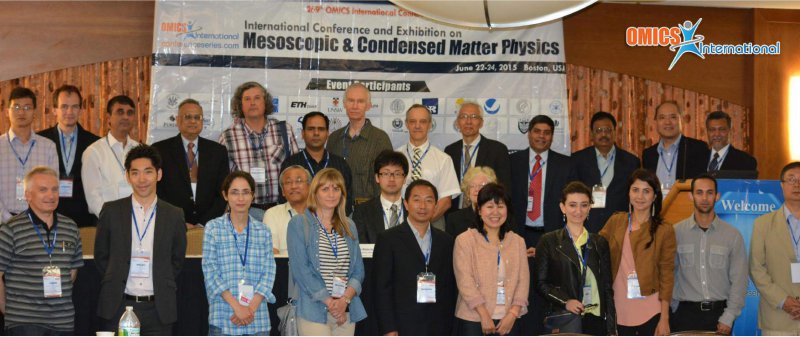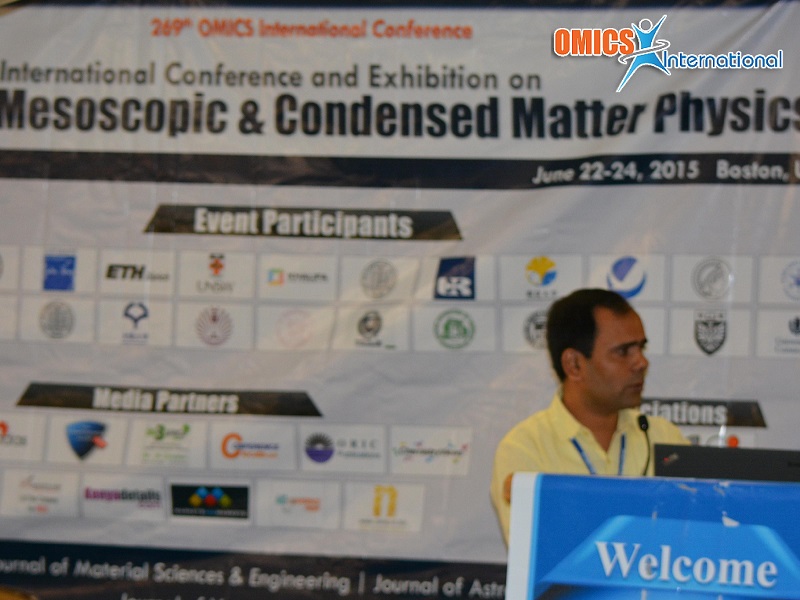
Dr. Lokendra Kumar
University of Allahabad, India
Title: Photo-physics of organic semiconductors and a fundamental challenge for economic viability of organic solar cell technology
Biography
Biography: Dr. Lokendra Kumar
Abstract
Organic semiconductors (OSCs) offer several potential advantages for the fabrication of low cost ‘Plastic Electronics’ such as Organic Light Emitting Diodes (OLEDs), Organic Photovoltaics (OPVs) and transistors. As Van der Waal’s solids, OSCs form disordered films that results in a large number of defects with in the energy band gap (Eg) which lead the overall photo-physics and performance of devices. Single layer, bilayer and bulk heterojuction (BHJ) OPVs architectures have been studied extensively, but the mechanisms by which these processes improve the devices remain subjects of ongoing debate. Therefore, the understanding of photo-physics is still an important point and needs more discussion. This talk includes, the defect induced optoelectronic properties and exciton physics of organic semiconductors (OSCs) for OPVs. In addition to improved power conversion efficiency, OPVs also need to be sufficiently stable in order to be commercially viable. Ambient atmosphere dependent photovoltaic parameters of OPVs shall be discussed1. Recently, we studied ZnPc/PTCDA bilayer devices2 and the role of nanostructuring of ZnPC surface on photovoltaic properties. It has been observed that nanostructured ZnPc surface in ZnPc/PTCDA bilayer devices shows a considerable improvement in short circuit current density (Jsc) and power conversion efficiency.



